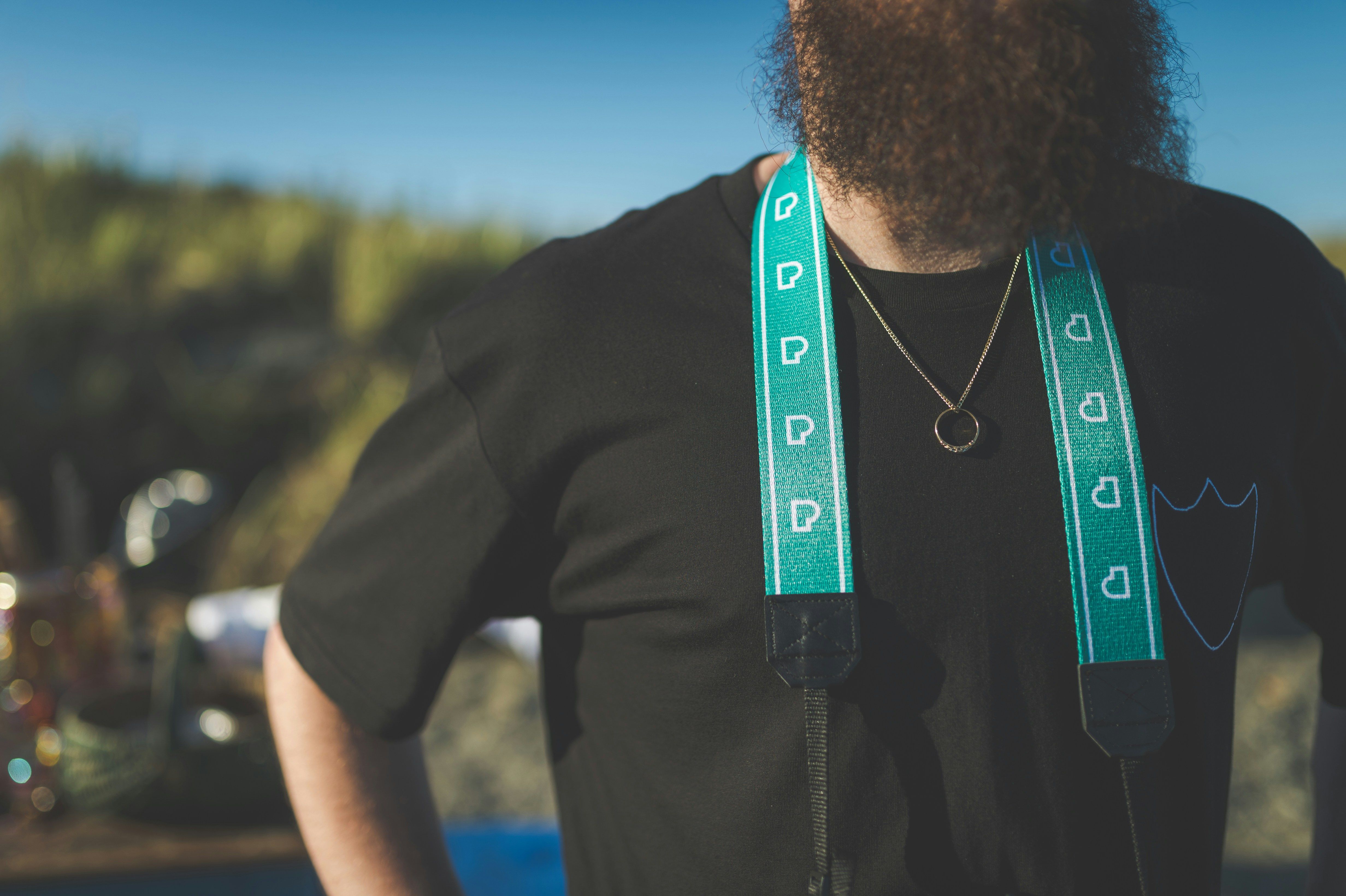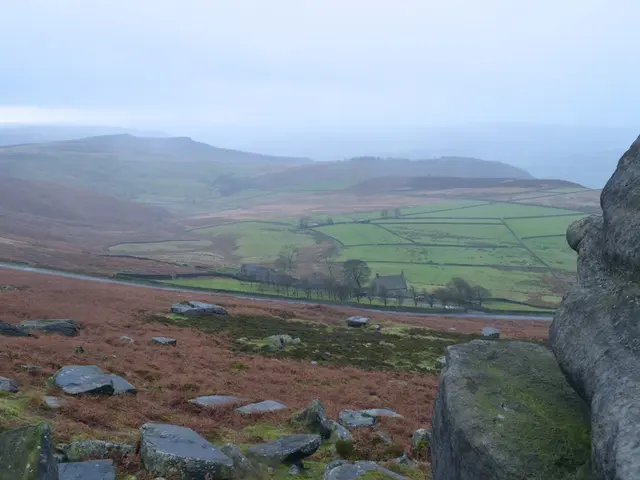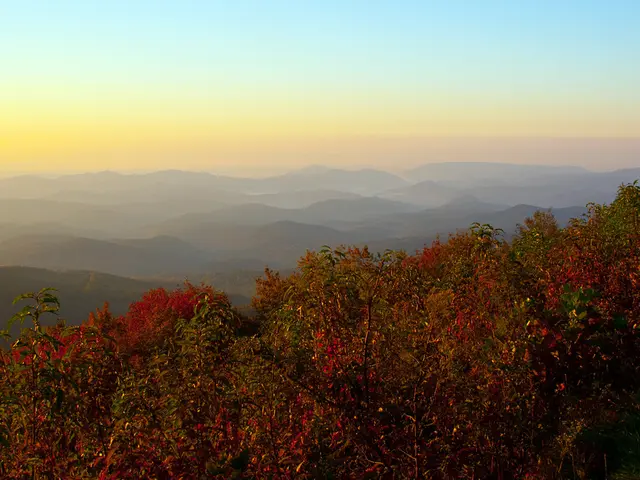Trekking Seasons in Nepal: Best Times to Explore This Himalayan Gem
Nepal's Peak Climbing Seasons and Essential Gear for Trekking
Nepal's optimal trekking seasons are predominantly concentrated in late March to May and September to November, marking the periods just before and after the monsoon season in this South Asian region. The initial period is also the most popular for scaling higher peaks.
Experiencing a significant diurnal variation in temperatures, higher regions of Nepal exhibit a routine pattern wherein it's typically crisp and chilly in the mornings, warming with the sun until cloudy conditions set in post-lunch. This temperature fluctuation necessitates careful clothing selection for trekking at different times and stages.
Though the possibility of snow may vary based on travel dates, one can expect varying temperatures and unpredictable weather—being in the mountains carries that risk. On lower trek stages, early mornings can be cool, quickly giving way to warm and dry conditions, necessitating sun protection. Afternoons might bring brief showers, so waterproof gear should always be at hand.
As altitude increases, the daily pattern continues but air temperatures tend to be colder. Nights in the upper half of the trek regularly plunge below freezing, even within lodges. Proper insulation in the form of a warm sleeping bag is therefore crucial for restful nights.
One constant will be the strong UV radiation. Trekkers should pack high factor sunscreen, a lightweight, long-sleeved top, hat, and polarizing sunglasses to protect their skin and eyes. Despite low air temperatures and wind, UV rays can still cause discomfort and headaches.
Following is a recommended list of clothing and equipment for trekking in Nepal:- Layered apparel: Moisture-wicking base layers, insulating mid-layers, and waterproof outerwear to adapt to varying weather conditions.- Quick-dry shirts and pants: Ideal for comfort during the trek.- Warm hat and gloves: Necessary for cold conditions at higher altitudes.- Down jacket and fleece: Additional warmth for cold nights.- Thermal underwear: Provides extra warmth in cold conditions.
Regarding equipment:- Hiking boots: Robust, ankle-supporting boots that have been broken in to prevent discomfort and blisters.- Trekking poles: Help with stability and balance on uneven terrain.- Sleeping bag: A warm bag rated for temperatures as low as -10°C for cold nights.- Backpack: A 50–65L backpack with a rain cover to carry gear safely.- Sun protection: High SPF sunscreen, SPF lip balm, sunglasses.- Personal and safety items: First aid kit, water purification tablets, headlamp, reusable water bottles, and personal hygiene items.- Miscellaneous: Buff or neckwear, satellite communicator.
Important safety and acclimatization considerations:- Acclimatization Schedule: Gradual acclimatization is vital to prevent altitude sickness.- Weather Forecast: Awareness of weather conditions ensures a safe trekking experience.- Guide or Porter: Their assistance can enhance the safety and enjoyment of your trek.
By adhering to these guidelines, trekkers can anticipate a secure and enjoyable expedition to Everest Base Camp.
- During Nepal's trekking seasons, which span late March to May and September to November, one must prepare for various weather conditions while scaling higher peaks.
- As temperatures in the high regions of Nepal fluctuate dramatically, it's essential to pack clothing that adapts to these changes, such as moisture-wicking base layers, insulating mid-layers, and waterproof outerwear.
- Be aware that the unpredictable weather on the mountain slopes may bring snow, cool mornings, warm afternoons with brief showers, and cold nights in the upper half of the trek, necessitating sun protection and warm clothing to stay comfortable.
- To ensure a secure and pleasurable expedition to Everest Base Camp, trekkers should follow an acclimatization schedule, be mindful of weather conditions, and consider hiring a guide or porter for assistance.








